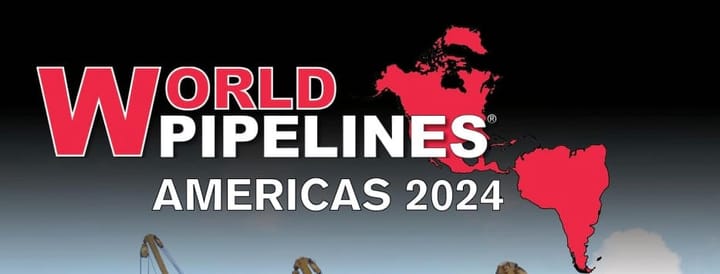The Conversation: Hydrogen gas-fuelled airships could spur development in remote communities
The U.S. and Canadian ban on using hydrogen as an acceptable lifting gas in airships stems from a political decision made in 1923 based on misinformation
Summary: Written by University of Manitoba Professor of Supply Chain Management, Barry E. Prentice, the article tackles the misinformation about hydrogen, and the ban against the use of hydrogen gas to provide buoyancy for airships in the United States and Canada.
The ban in Canada is in Canadian Aviation Regulations (CARs), which state in Section 541.7, “Hydrogen is not an acceptable lifting gas for use in airships.”
The article traces the origins of false information that led to this ban on the use of hydrogen to the desire of assuring a market for helium by the U.S. military following the end of World War I, when the need for helium was considered unclear. Prentice describes that when, in 1922, the ruder broke on a hydrogen-filled, Italian-built airship owned by the U.S. Army and caused that airship to crash, resulting in the death of all 34 crew members, officials at the U.S. Bureau of Mines contended that the crew would have survived had the airship been filled with helium rather than hydrogen. The article states that based on this falsehood and a poorly-designed demonstration to Congress that appeared to show helium to be safer than hydrogen, but in fact showed helium to be softer than hydrogen mixed with air, U.S. politicians banned the use of hydrogen in airships, and this was rubber-stamped into the regulations in Canada following World War II.
The regulation banning hydrogen in airships is grounded in neither science nor engineering research. Rather, the ban stems from a political decision made in the U.S. 98 years ago based on misinformation. For this reason, it is today perfectly legal to carry hydrogen in a high-pressure container to power any vehicle, including an airship, but not if carried in a zero-pressure container (gas cell) to lift the airship. This prohibition on hydrogen has held back research and created doubts about the economic viability of airships that must depend on scarce, finite supplies of helium.
Prentice concludes that “In the 21st century, myths and misrepresentations should not go unchallenged. Regulatory decisions made when we were still hand-cranking cars should either be justified or removed from the books.”

